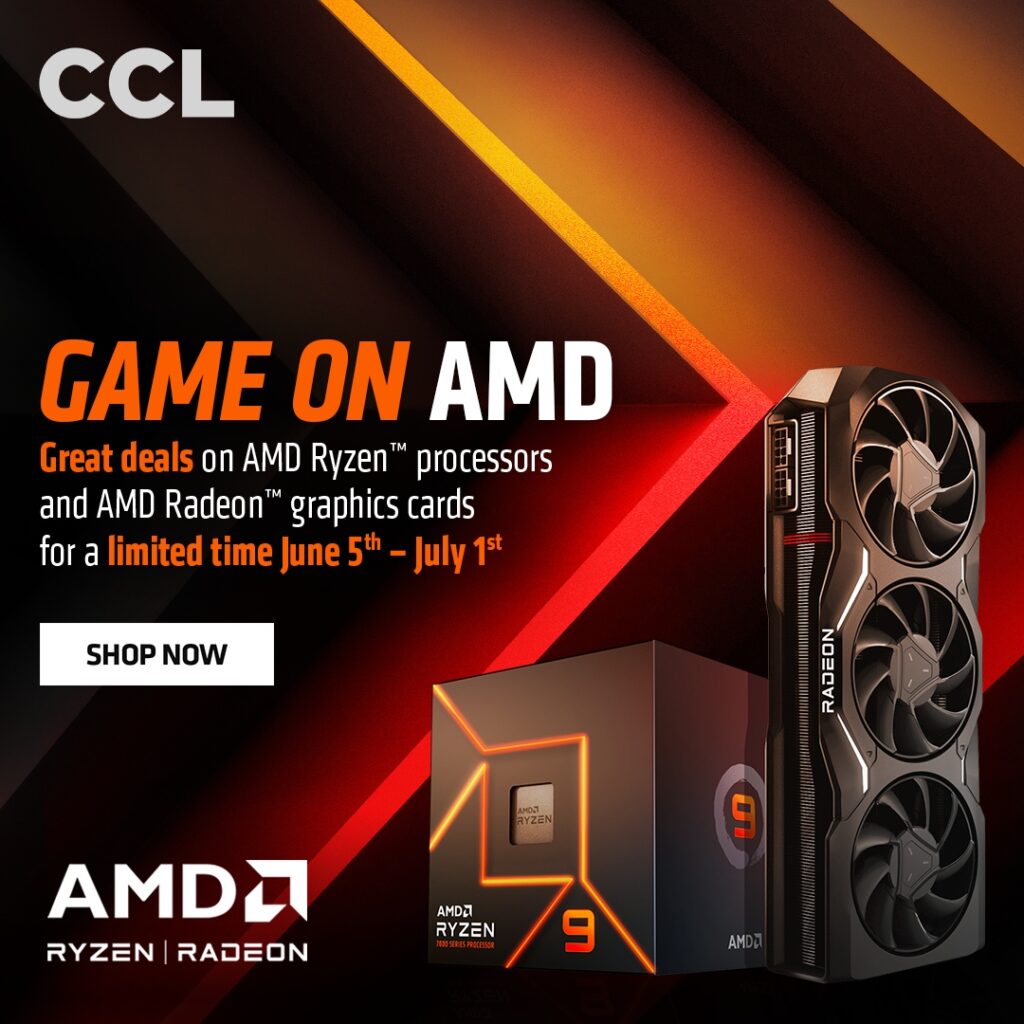- Performance: The Gigabyte GeForce RTX 3070 generally outperforms the MSI GeForce RTX 3060 in terms of raw gaming performance. The RTX 3070 offers higher CUDA cores, higher memory bandwidth, and higher clock speeds, resulting in better frame rates and smoother gameplay in most cases.

- Architecture: Both graphics cards are based on NVIDIA’s Ampere architecture, which brings significant performance improvements over the previous generation. However, the RTX 3070 features more CUDA cores (5888) compared to the RTX 3060 (3584), giving it a notable advantage in performance.
- VRAM: The Gigabyte RTX 3070 comes with 8GB of GDDR6 VRAM, while the MSI RTX 3060 offers 12GB of GDDR6 VRAM. Although the RTX 3060 has more VRAM, the RTX 3070’s faster memory and wider memory bus compensate for the difference in capacity, making it a better choice for high-resolution gaming and resource-intensive tasks.
- Ray Tracing and DLSS: Both graphics cards support hardware-accelerated real-time ray tracing and NVIDIA’s Deep Learning Super Sampling (DLSS) technology. However, the RTX 3070 has more dedicated ray tracing cores, which enhances its ray tracing performance compared to the RTX 3060.
- Power and Cooling: The RTX 3070 generally requires a higher power supply wattage (recommended 650W) compared to the RTX 3060 (recommended 550W). Additionally, the cooling solutions on the cards may vary between models from different manufacturers, so it’s essential to consider factors like temperature and noise levels when choosing a specific model.
- Price: Generally, the RTX 3070 is priced higher than the RTX 3060 due to its superior performance. However, the specific pricing may vary depending on the manufacturer and model. It’s essential to compare prices from different retailers to find the best deal.
In summary, the Gigabyte GeForce RTX 3070 offers better gaming performance, higher CUDA core count, and faster memory, making it a more powerful option compared to the MSI GeForce RTX 3060. However, the RTX 3060 provides more VRAM and may be a more cost-effective choice for users who prioritize VRAM capacity or have a budget constraint.









